Each week BRITAIN magazine will bring you a top 10 round-up of some of our favourite spots around the country or people throughout history. First up, it’s the turn of castles, our nation’s powerful fortresses and displays of wealth and power.
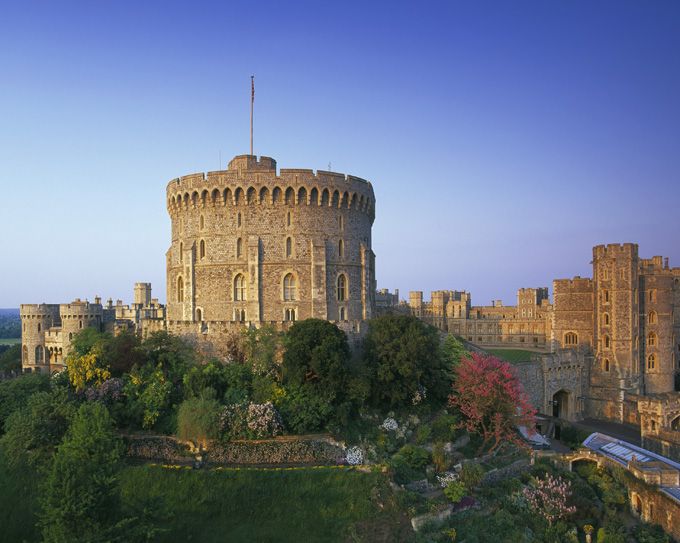
1. Windsor Castle, Berkshire
Windsor Castle was built in 1070 by William the Conqueror and is the official residence of The Queen. The site was chosen due to its proximity to the capital (it is a day’s march from the Tower of London) and because it could be used to protect London from western approaches. This royal seat outside the English capital is still a working royal palace, is one of the oldest castles in the world, and is where the Queen spends most of her weekends.
Contact: Windsor Castle
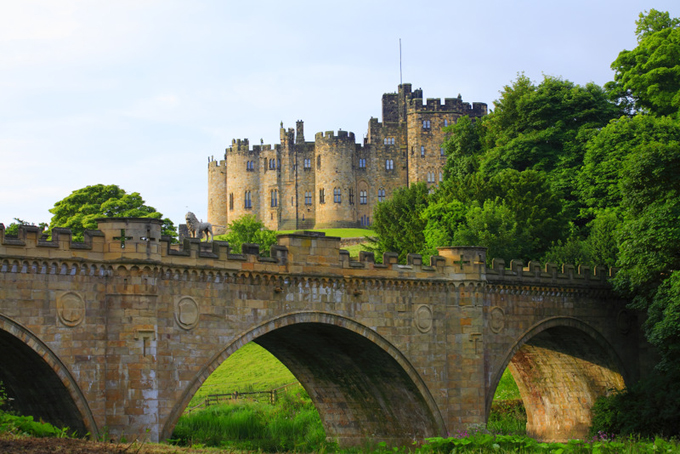
2. Alnwick Castle, Northumberland
Nestled in Northumberland, Alnwick Castle is the second largest inhabited castle in the UK. Built 1,000 years ago, it is the seat of the Duke of Northumberland and was originally built to protect England’s northern border. Its dramatic setting has attracted tourists and filmmakers alike. The castle was recently used as the setting for Hogwarts School in two of the Harry Potter films.
Contact: Alnwick Castle

3. Arundel Castle, West Sussex
Arundel Castle, built in 1138, sits in beautiful grounds above the River Arun in West Sussex and has had some famous royal guests: Queen Victoria came to stay in 1846 with Prince Albert, and it is the seat of the Duke of Norfolk and has served as a stately home since the 11th century. After a grand restoration project, which was completed in 1900, the castle became one of the first English country houses to be fitted with electric lights, lifts and central heating.
Contact: Arundel Castle

4. Bodiam Castle, East Sussex
The 14th century Bodiam Castle is a perfect example of a medieval moated castle, located in the heart of 1066 country. It’s location is particularly beautiful as the surrounding area was landscaped to increase aesthetic appeal when the castle was built. It was originally built to defend the area against the French during the Hundred Years’ War.
Contact: Bodliam Castle
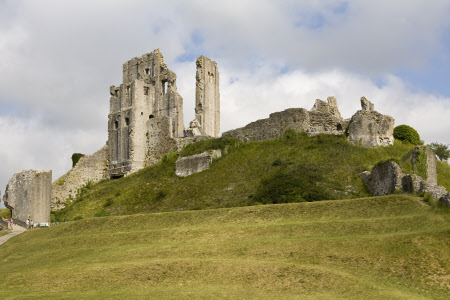
5. Corfe Castle, Dorset
This castle harks back to the English Civil War and is an evocative reminder of events, as it still stands in ruin after being partly demolished in 1646 by the Parliamentarians. It has been used as a royal palace, a fortress, treasury, military garrison and family home and the jagged contours shape the village of Corfe, which it looms over.
Contact: Corfe Castle
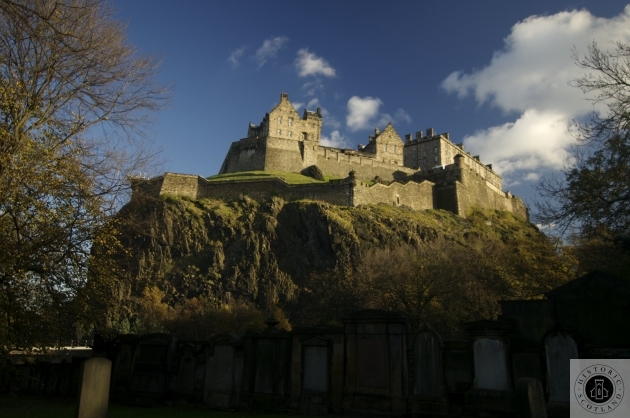
6. Edinburgh Castle, Edinburgh
Perched above the Scottish capital, Edinburgh Castle dominates the city’s skyline. Built in 1130, the castle has been known as an ancient stronghold, a royal home and army headquarters. It sits upon an extinct volcano and is now a World Heritage Site. Contact: Edinburgh Castle
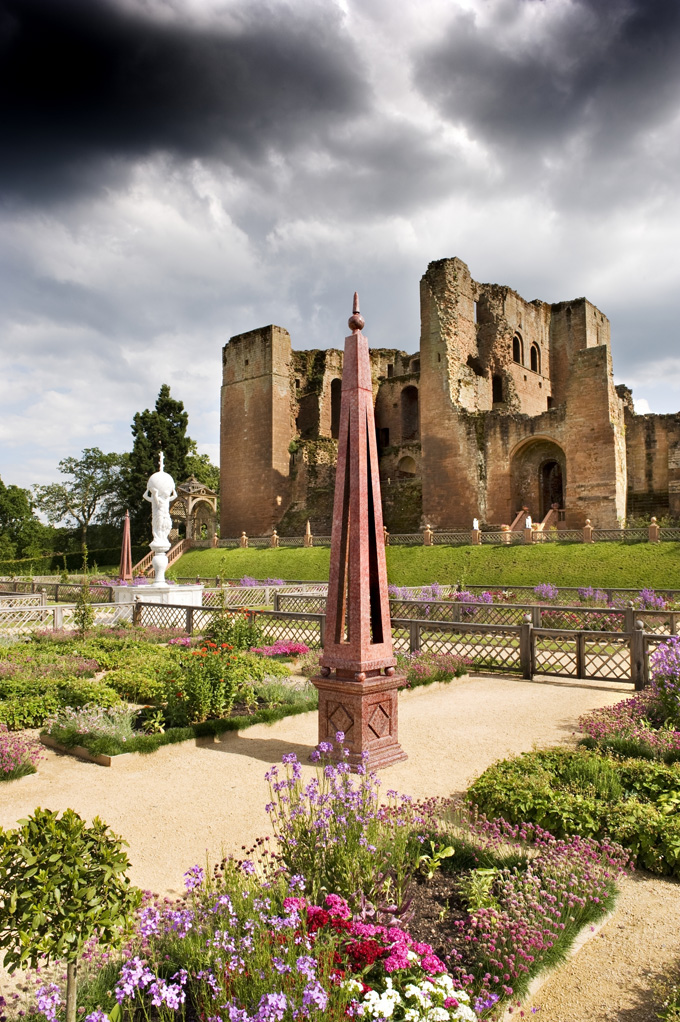
7. Kenilworth Castle, Warwickshire
Built around 1066, Kenilworth Castle is a fine example of Norman and Tudor architecture, subjected to one of the longest sieges in history in 1266. It became famous in the Victorian period after the publication of Sir Walter Scott’s novel Kenilworth: A Romance in 1821 and it was also the supposed setting for the rumoured royal romance between Queen Elizabeth I and Robert Dudley.
Contact: Kenilworth Castle
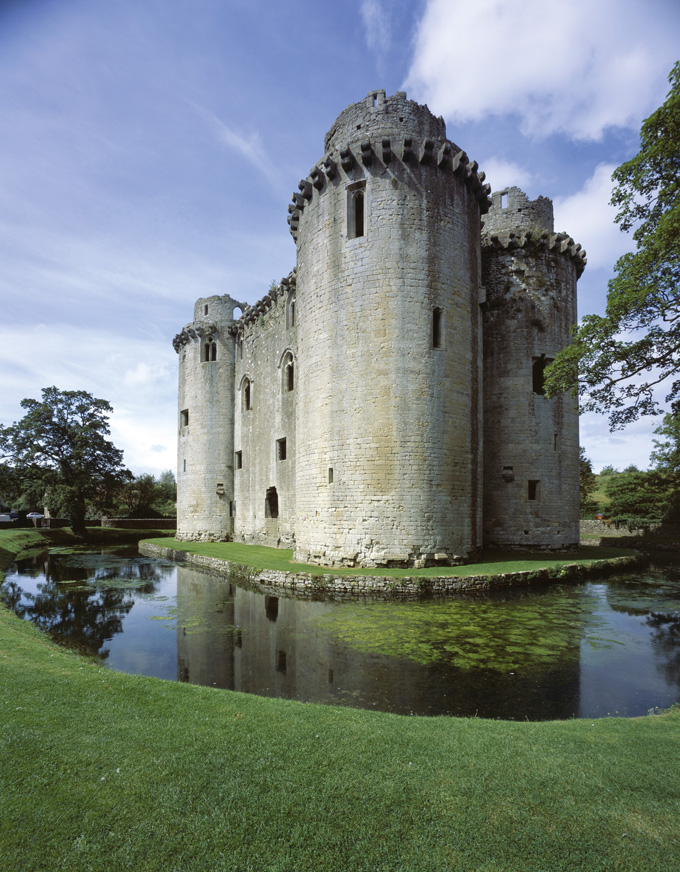
8. Nunney Castle, Somerset
Known as Britain’s smallest castle, Nunney Castle in Somerset is modest in both its setting and its history. The tower was built by a knight called John de la Mare in 1373 under royal licence. With its turrets and moat, it is a picturesque example of a miniature British castle.
Contact: Nunney Castle
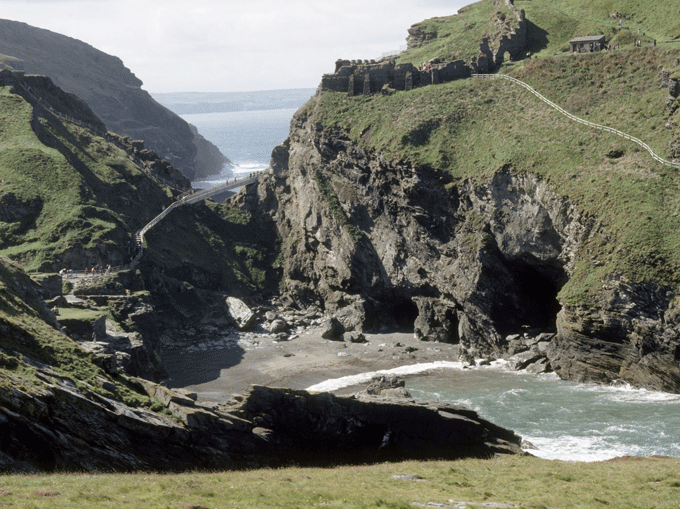
9. Tintagel Castle, Cornwall
The ruins of Tintagel Castle are a mystical affair on the Cornish coast. Long have visitors been drawn to the castle built by Richard, Earl of Cornwall in the 1230s. The site gained literary fame when Geoffrey of Monmouth named Tintagel as the birthplace of the legendary King Arthur. Today the ruins of the castle stand on the rocky headland and remains a source of folklore and legend.
Contact: Tintagel Castle
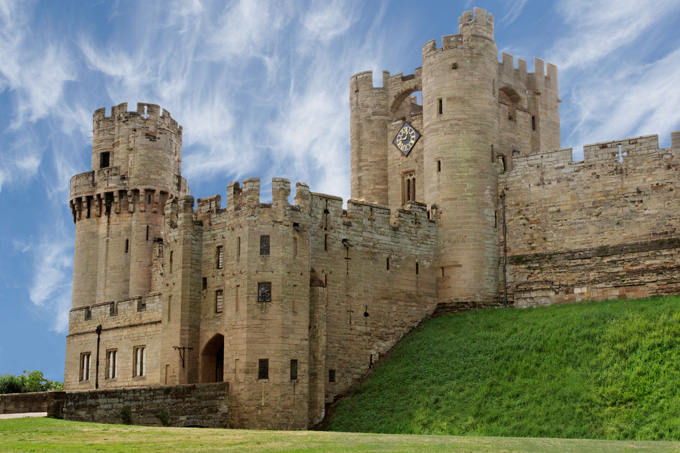
10. Warwick Castle, Warwick
Built by William the Conqueror in 1068, Warwick Castle was originally a Norman fortification. The beautiful castle we see today has undergone much restoration and development as its need as a defensive structure lessened and it was transformed into a country house.
Contact: Warwick Castle





 © 2024
© 2024